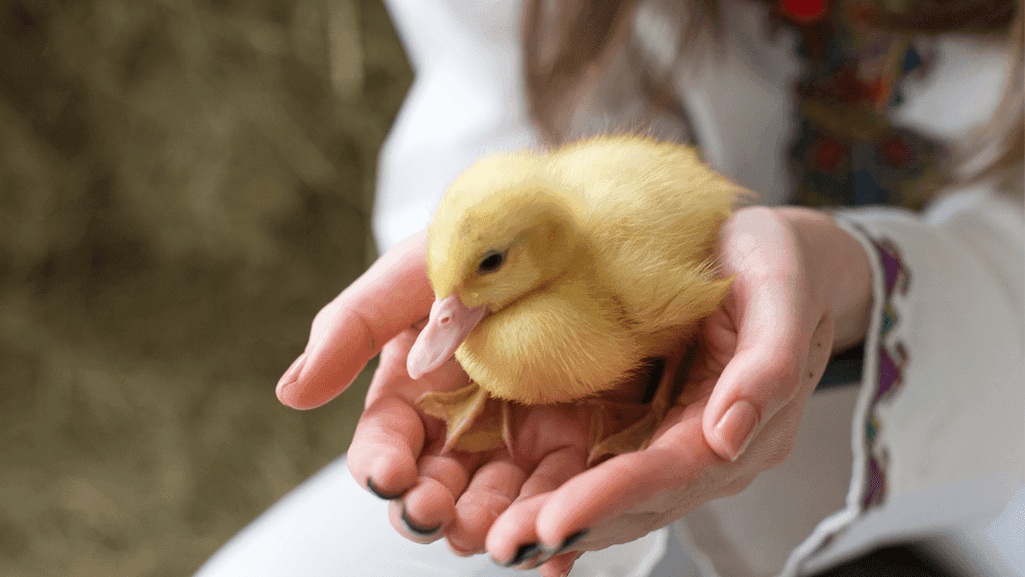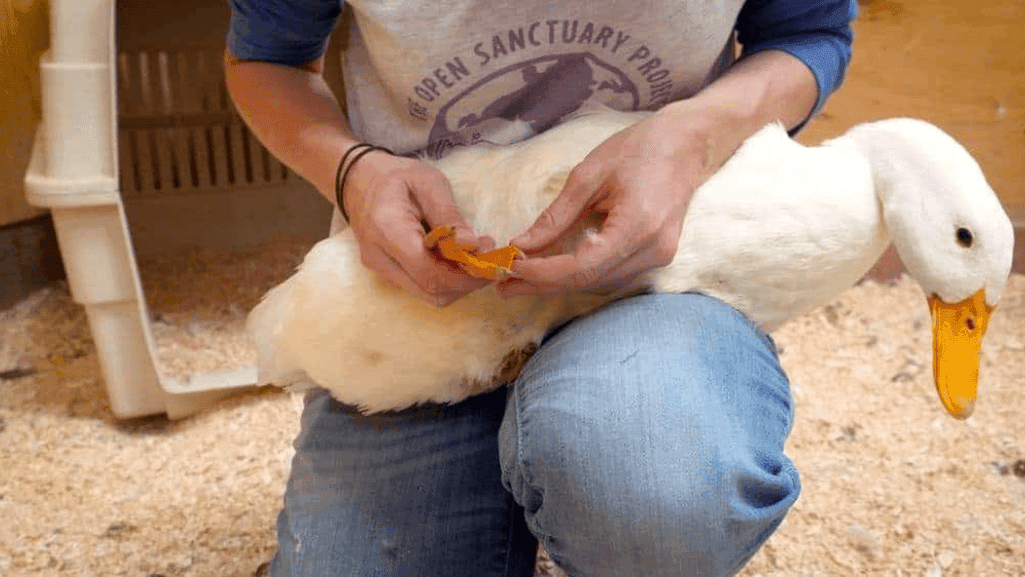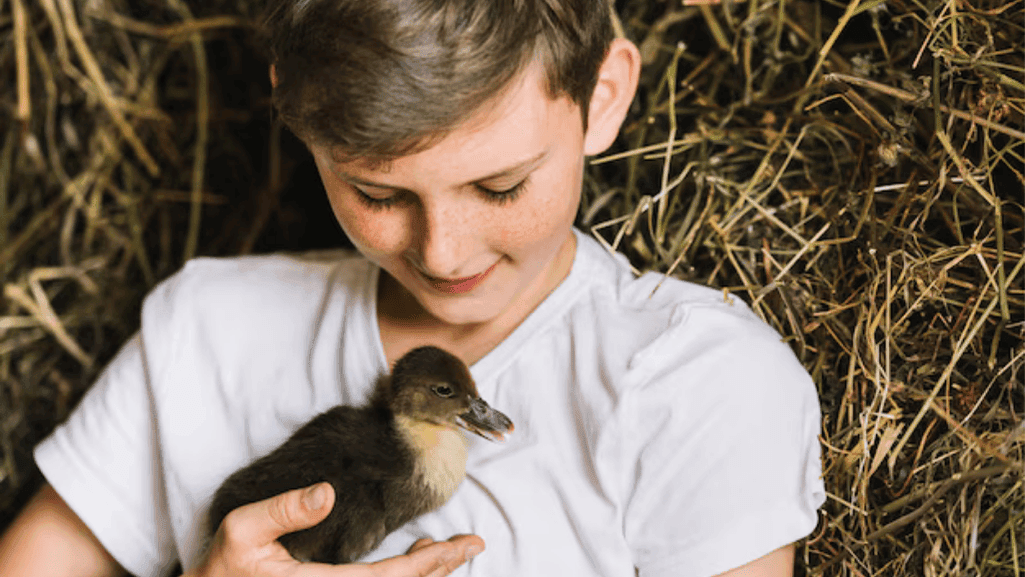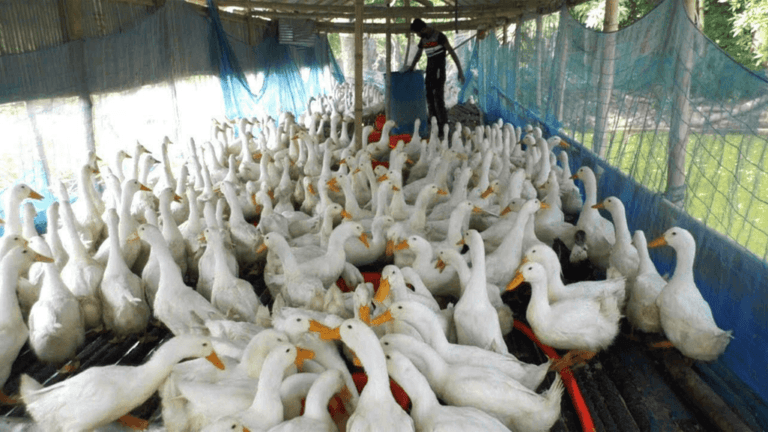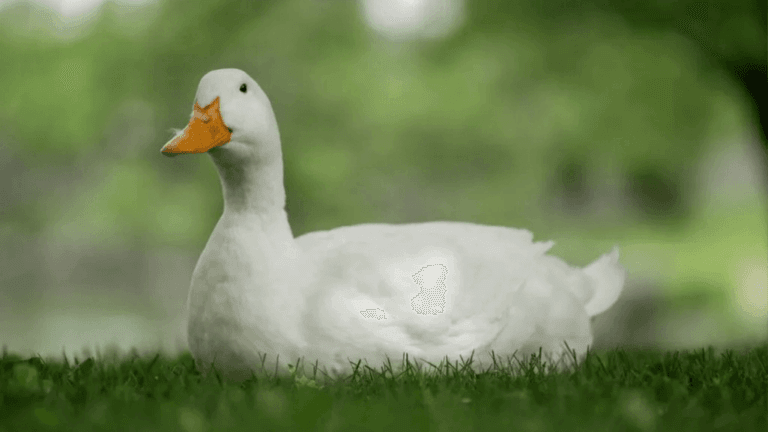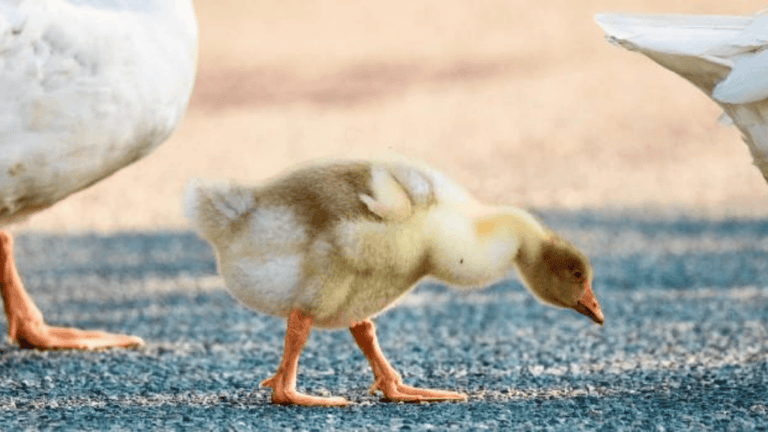How to Hold a Duckling are delicate creatures that require careful and gentle handling. Whether you’re a pet owner, a wildlife rescuer, or simply interacting with these adorable birds, understanding the proper techniques is essential. Proper handling not only keeps the duckling safe but also reduces stress and prevents injuries like flipper cuts or bumblefoot.
Ducks are valued for many reasons—as pets, for health inspections, or even for rescue purposes. Their fragile bodies and developing bones demand a soft touch. Supporting their body correctly ensures they feel secure and prevents unbalanced movements. This is especially important for weak or injured ducklings.
Handling a duckling with care is not just about physical support. It’s also about emotional well-being. Ducks can easily become stressed if handled roughly, which may lead to panic or injury. By following proven techniques, you can ensure a positive experience for both you and the duckling. This guide will walk you through practical tips and considerations, including advice for younger handlers.
For more detailed insights on raising ducklings, check out this comprehensive guide. Additionally, learn about the specific needs of three-week-old ducklings to ensure their health and happiness.
Key Takeaways
- Gentle handling prevents injuries and reduces stress on ducklings.
- Proper support of the body ensures balanced movement and security.
- Ducklings are fragile and require careful attention to their emotional and physical needs.
- Handling techniques are crucial for pet owners, rescuers, and health inspectors.
- Young handlers should be supervised to ensure safe interactions.
Understanding Duckling Behavior and Safety
Understanding duckling behavior is key to ensuring their safety and well-being. These small birds communicate through subtle cues, which handlers must recognize to provide proper care. By interpreting their body language, you can create a positive experience for both the duckling and yourself.
Recognizing Duckling Cues
Ducklings show stress or discomfort through specific behaviors. Flapping wings, loud quacking, or sudden movements often signal unease. Seasoned handlers learn to adjust their approach based on these cues, ensuring the duckling feels secure.
Supporting the body and feet is crucial. A duckling that feels balanced is less likely to panic. This is especially important for young or rescued birds, as they may already feel vulnerable.
The Importance of a Calm Environment
A calm and quiet setting reduces stress for ducklings. Loud noises or sudden movements can trigger a panic response, leading to injury. Creating a peaceful space helps them feel safe and relaxed.
For more tips on raising a newborn duck, explore our detailed guide. Understanding their needs ensures they grow into healthy, happy adults.
Safe Techniques for How to Hold a Duckling
Proper techniques ensure both safety and comfort when interacting with ducklings. These small birds require a gentle approach to minimize stress and prevent injuries. By following specific steps, you can create a positive experience for both you and the duckling.
Step-by-Step Guide to Secure Handling
Start by approaching the duckling calmly. Sudden movements can startle the bird, leading to panic. Use your non-dominant hand to support its feet. This helps the duckling feel secure and reduces flapping.
Next, use your dominant hand to cradle its body. Gently nestle the duckling against your chest to prevent accidental injuries. This position also keeps the wings controlled, avoiding stress or harm.
Supporting the Body, Feet, and Wings
Proper support is crucial for a duckling’s comfort. Ensure its feet are firmly but gently held. This prevents unbalanced movements and keeps the bird calm. The body should be cradled to avoid pressure on the chest or wings.
Controlling the wings is equally important. Gently tuck them against the body to prevent flapping, which can lead to injuries like wing cuts. This technique ensures the duckling remains secure throughout the process.
Using Tools Like Towels or Herding Methods
For added stability, consider using a soft towel. Wrap the duckling gently to restrict movement without causing discomfort. This method is especially useful for rescued or wild birds.
Herding sticks can also be helpful. They guide the duckling without direct contact, reducing stress. These tools are ideal for situations where the bird needs to be moved quickly but safely.
For more detailed insights, explore this comprehensive guide on raising ducklings. Additionally, learn about the specific needs of waterfowl care to ensure their well-being.
Handling Tips for Children and New Duck Owners
Introducing children to ducklings requires patience and proper guidance to ensure safety for both. Ducklings are fragile, and their small bodies need gentle care. Teaching kids the right techniques helps create a positive experience for everyone involved.
Child-Friendly Methods and Safety Precautions
Start by having the child sit with a soft towel on their lap. This provides a secure surface for the duckling to rest on. Avoid direct handling until the child feels confident and the bird appears calm.
Hygiene is crucial. Always wash hands before and after interacting with the duckling. This prevents the spread of bacteria like salmonella, which can be harmful to both the child and the bird.
Teach children not to squeeze or kiss the duckling. These actions can cause stress or injury. Explain that gentle touches and calm behavior help the duckling feel safe.
Adult supervision is essential during every interaction. This ensures the child follows safety rules and the duckling remains unharmed. Over time, proper handling builds trust and reduces the bird’s natural fear of humans.
For more tips on creating a safe environment, explore this guide on DIY duckling pens. It provides valuable insights into building a comfortable space for your feathered friends.
By following these steps, new duck owners and children can enjoy a rewarding experience while keeping the duckling safe and happy.
Conclusion
Caring for a duck requires patience, knowledge, and a gentle approach. Proper handling ensures their comfort and health, fostering a loving bond with their caregiver. Understanding their body cues is essential for a stress-free experience.
Secure techniques, like supporting their body and using tools such as towels, prevent injuries. These methods are especially important when a child is involved, as supervision ensures safety for both.
Building trust takes time. Regular, gentle interactions help the duck feel safe and loved. Experts from Tyrant Farms emphasize the importance of patience and consistency in handling.
Remember, safety and care are the cornerstones of a positive relationship with your feathered friend. Practice these techniques regularly to ensure their well-being and create lasting bonds.


